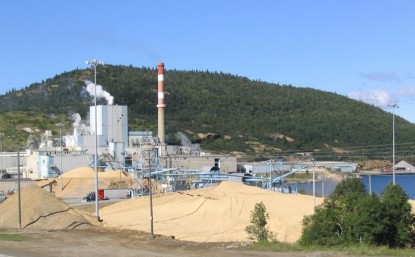
The looming skilled labour shortage was addressed by Canada’s Employment Minister Jason Kenney at an annual skills summit last month in Toronto. Kenney reiterated the growing concern that Canada will lack approximately one million skilled labourers by 2020. He also pointed out that some industries will be harder hit than others and face a greater challenge filling their rosters. “The construction, mining and petroleum sectors are examples of industries that will face serious shortages of skilled workers over the next decade,” Kenney said to the crowd of stakeholders.
Analysts have been predicting the skilled labour deficit in the mining sector since 2011 when baby boomers began reaching the age of retirement. Referred to then as a “talent gap”, the gap has grown into a cavern that will require an estimated “100,000 mostly skilled new hires to sustain even modest growth,” reported the Mining Industry Human Resources Council in 2011. This is a number that will continue to grow in the following years.
Companies have been employing a variety of methods to find the trained labourers they need, from enticing bonuses, promises of on-the-job training for the enthusiastic yet skill-lacking, to hiring temporary foreign workers.
This influx of new hiring practices is creating legal concerns for companies that are used to hiring highly-trained employees right out of trade schools. For example, recent changes to the Temporary Foreign Worker program has reduced the maximum foreign workers both medium and large-sized companies may employ, as well as placed stricter enforcement and harsher penalties for those caught violating the program parameters.
The most recent study from the Mining Industry Resources Council forecasts the national mining industry needing to hire 86,000-127,000 trained professionals to meet growing demand in the sector. The skills required to work in the extractive sector are also evolving; once heavily focused on miners, the shift towards skilled machinists and speciality mechanics is changing the industry. New developments in technology coupled with a potential employment boom means it is imperative that mining companies are aware of their legal responsibilities when it comes to new employees.
With these trends in mind, David Costa, lawyer and founder of Costa Law Firm, advises that those in the mining and resource industry carefully review the Ontario Labour Relations Act, The Employment Standards Act, as well as Ontario’s Occupational Health and Safety Act.
“Companies need to do their due diligence and be up-to-date with the latest versions of these acts to ensure they are meeting all their legal obligations,” comments David Costa.
Each of the three Acts has very specific guidelines pertaining to the mining industry in Canada, and specifically Ontario. “For example, safety regulations regarding explosives, equipment and transportation may vary from country to country,” notes David Costa. “So an employer hiring temporary foreign workers must ensure each worker is well versed and knowledgeable about them to ensure safety and avoid penalties.
While the Temporary Foreign Worker program remains a contentious subject, Ryan Montpellier, executive director of the human resources council, told Maclean’s magazine’s James Keller in 2013, “The industry and governments must ensure they have a long-term vision for attracting and retaining workers from a broad spectrum of society.” He suggests companies invest in long-term training programs and consider hiring more aboriginals and women to fill the projected gap.
What is being done in Alberta on the oil patch is innovative and helping to get the skilled-labour the gas industry needs. Companies are no longer strictly hiring locally, they have begun to source labour from across the country which has birthed the ‘skilled-labourer commuter’. A trained labourer who works for an extended period on site then returns to their hometown for downtime returning to the oil patch for the next scheduled shift.
David Costa acknowledges that this is helping the gas sector in Alberta, but urges Ontario companies who might want to implement this model to again thoroughly understand labour laws, in this case those laws describing maximum hours of work permitted in a day and a week. “These employees may want to work extra hours to make up for the days they will be off, but without explicit consent in writing the 48 hours cannot be exceeded,” adds David Costa.



 Follow us on Twitter
Follow us on Twitter Become our facebook fan
Become our facebook fan











Comments are closed.